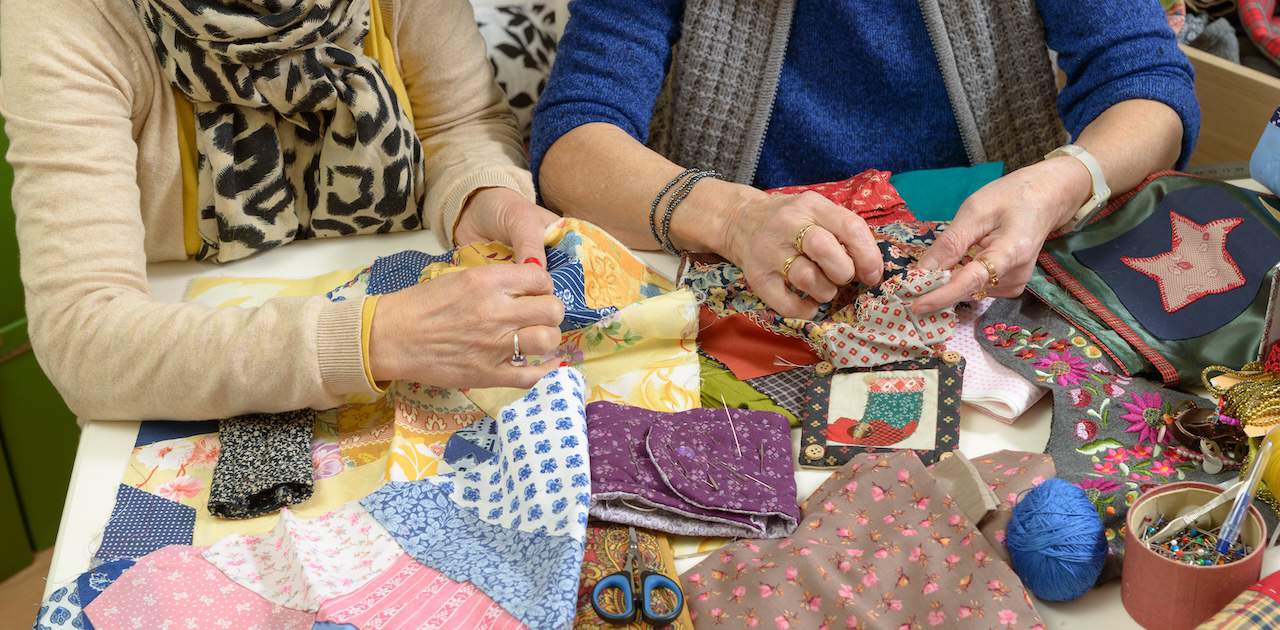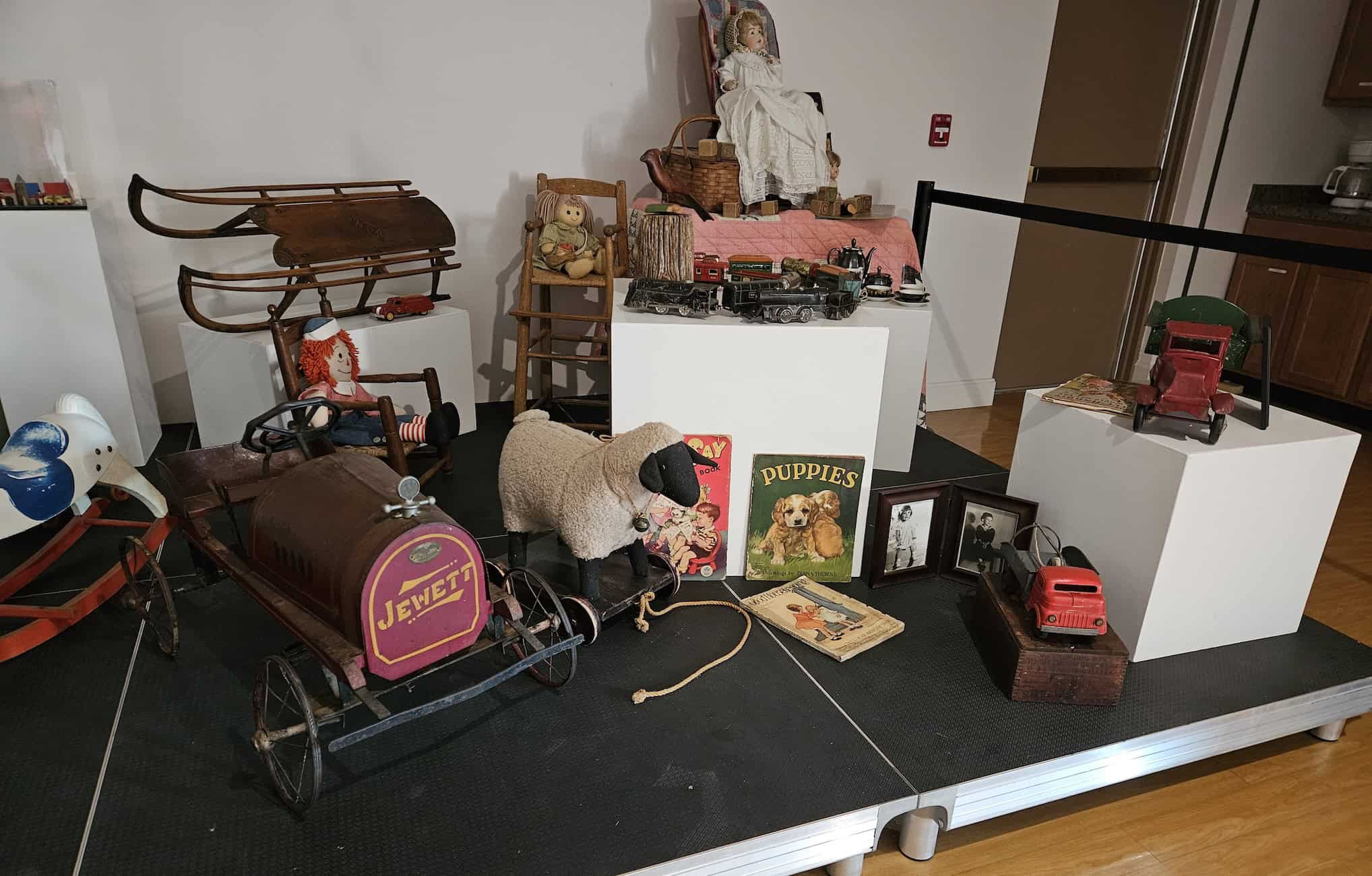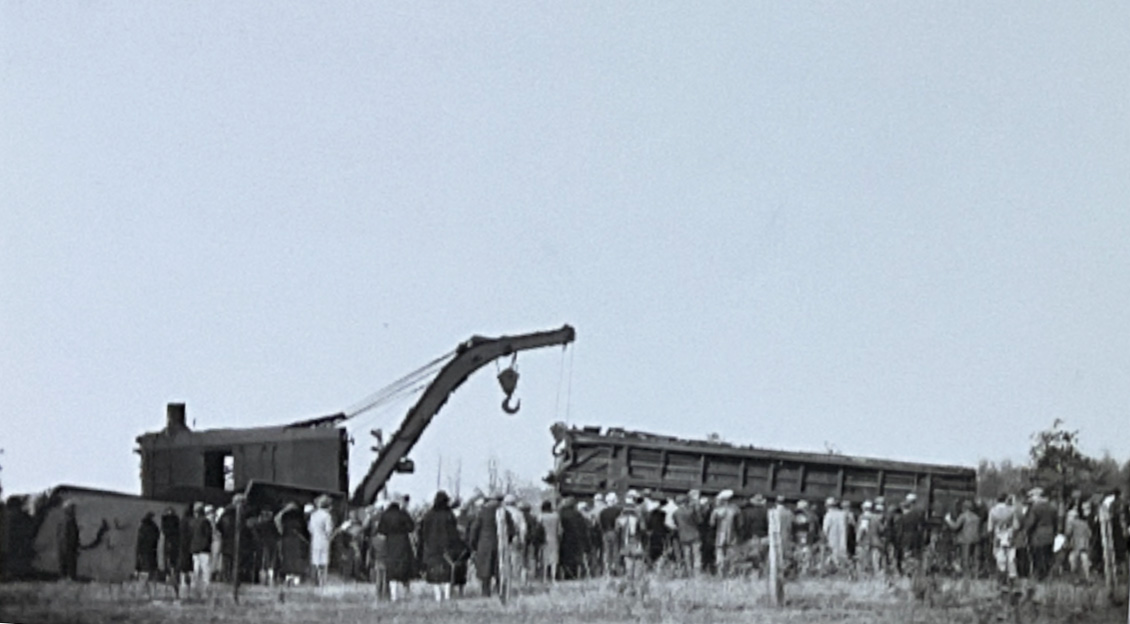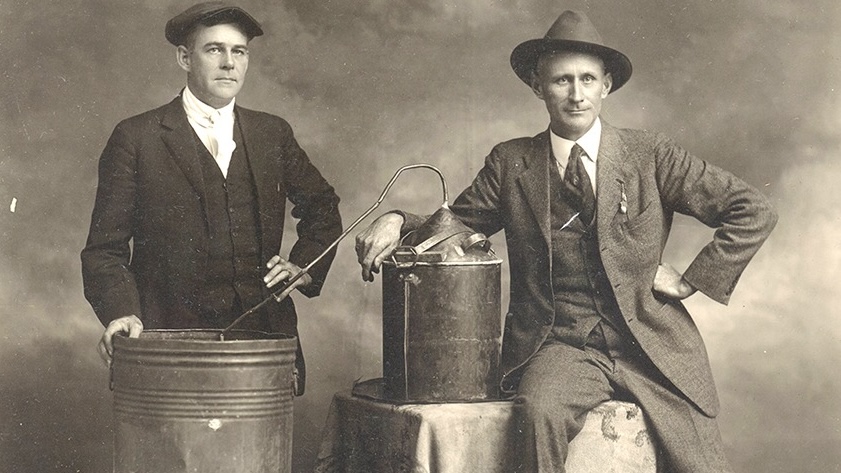It was said of the Wright City Fall Festival in 1932, “It is impossible to go into detail as to each display, but we cannot fail to mention, especially, the unusual number of beautiful quilts exhibited. They were suspended almost the entire length of the east side of the building, and entirely across the north end; besides another row of tops, which were not quilted, also hanging across the entire north end.”
The names of the majority of the quilters are all gone now, but their intricate stitches, needlework, and craft have survived for generations. Like the craftswomen they were, their meticulous attention to detail, precise borders, creativity, and resourcefulness shined through in each artistically crafted patch.

For the ladies of the 1930s, they might have been living in the golden era of quilting. A time when generations of needlework passed from generation to generation and mingled artistic expression, social interaction, and functionality in a way that quilters had never before experienced.
For women of the era entering the long stretches of the Great Depression, quilts were thrilling to witness and hundreds came from all over Warren County to see them.
Early pioneer quilts from pioneering women
Few women’s voices were recorded in the late 18th century. The letters of Abigail Adams to her husband John provide a glimpse of their unique pioneer life. But Martha Ballard, born in 1735 in Massachusetts, maintained a daily diary that best captures the best-preserved recordings of early American life for average Americans. On November 10, 1790, she writes:
“My girls had some neighbors to help me quilt a bed quilt. Fifteen ladies began to quilt at 3pm…. 12 gentlemen took tea, danced a little while after supper, behaved exceeding cleverly; were all returned home before 11.”
Mrs. Ballard may have documented the first American Quilting Bee.
Women shared in the labor of textile work, and these bees (of which there were many, including the men participating in corn husking bees; a favorite way of meeting eligible single ladies) allowed women to maintain connections with neighbors, share in the duties of homemaking, and train daughters in needlework. The day usually ended with a feast of roast chicken or turkey, dancing with men and husbands, music, and lively banter.
Quilting wasn’t just important to the fabric of the community and helping young men and women meet each other, it was vital for survival. Early homesteaders frequently used the Nine Patch or “Crazy Quilt” pattern to make bedding and quilts for warmth out of everyday scraps of fabric, including worn-out clothes and even other quilts that were nearing the end of their useful life.
By the time of the Civil War, quilts were being spun together with political messages and motifs. The Jacob’s Ladder came to represent the Underground Railroad. New states joined the Union or Confederacy with special quilts emblazoned with colors and imagery of a quilter’s new home state when most Americans maintained higher allegiance to their state than the nation.
African American women, also relegated to domestic chores after the Civil War used quiltmaking as a form of leisure and labor. Their work became equally beautiful symbols of culture, community, and freedom, as Deanna Parenti writes:
In addition to community, quilting helped black women gain a sense of accomplishment and identity during the 19th century when most African American women were farm wives or relegated to domestic spheres. In the mid-19th century, Lizzie Hobbs Keckley was born into slavery on a plantation in Virginia. As a teenager, Keckley was sold and moved to St. Louis, Missouri. It was there, she provided food for herself, seventeen other people, and her master for over two years, all from selling her intricate quilts. She then saved enough money to free herself and her son from slavery.
With her freedom, she moved with her son to Washington, D.C. and became a professional seamstress and quilter for the first lady, Mary Todd Lincoln, and the Congressional wives. While there, she created the famous “Liberty” Medallion Quilt from strips of Lincoln’s dresses. “Liberty” features many prominent characteristics from African American quilts — Keckley’s colour choices and patterns morph together to tell a distinct story of individuality and independence. In the middle of the quilt, there is an image of a bird; under its wing is the word “liberty.”
By the early 20th century, quilts became works of artistry, functioned as blankets and bedding, and enjoyed the same social atmosphere that enabled women to stay connected in the fabric of their communities.
Post WWII quilt making declines as women head to factories


Quilting remained a useful means of crafting bedding and providing warmth to a family, particularly in rural homes and farms, but was increasingly the domain of older matriarchs. As World War II threatened the American way of life, men left to fight and young women entered factories to produce materials and goods. For the first time, women traded in their threads for rivets.
Quilts remained a popular symbol of patriotism as many magazines published “V for Victory”, stars and stripes, and airplane patterns. Blue Star Banner quilts hung in windows to show someone was serving overseas, and Gold Star quilts hung in memorial to those killed in action.


In Judy Anne Breneman’s lengthy history of quilt making, she writes:
Even after the economy recovered and the war ended quilting continued to be out of vogue. The general public’s perception was that quilting was something only poor people made quilts because they couldn’t afford to buy modern bed coverings. The focus was on the future, the modern way of living including modern possessions and modern design.
Also there was a general attitude that the quality of quilting was poorer than it had been in the past. An over idealization of the perfection of old fashioned quilting contributed to this impression. The making of quilts with kits and the use of polyester fabric were cited as proof of this belief.
Quilts pieced by machine were considered inferior based on the myth that quilters of the past always pieced and quilted by hand. Quilts made during this mid century period were often not quilted closely and many quilts were simply tied. Of course there were still some women who prided in doing fine hand quilting


The styles of home decor, particularly into the 50s and 60s as women were pushed back into homemaker roles, changed as wealth, taste, and television spread across the country. The bedspread replaced the quilt as the preferred bedding and decor. As mass-textile production improved homes had fewer scraps of fabric to put to use, driving up the costs of quilt making. Interestingly, quilt making declined through America’s ascendancy, but in war-torn Europe women spun wool quilts as the continent rebuilt.
Quilting experienced a renaissance in 1971 with a display at the Whitney Museum of American Art in New York. The museum sought a display showing “the greatest visual interest and impact.” America’s Bicentennial Celebration in 1976 further honored the role of quilters in America’s history.


Eleanor Levie in her book, American Quiltmaking: 1970-2000, wrote, “Almost every quilt historian, and certainly every one who started quilting in the early to mid-1970s, can attest to the influence America’s 200th birthday had on quilting. As a celebration of our history, this event grounded everyone in the values of roots and traditions.”
Many of those quilters retain their sewing skills today. While not nearly as common as they once were, their skills have passed to a generation of Baby Boomers who remain a link to craftwork that dates back to the American Revolution.
Local Warren County quilters continue in a long tradition
Dolores Owenby belongs to Stitch in Time, the largest quilting group in Warren County. “We meet monthly at the Lutheran Church. There’s a little program or talk and we show our work from the month,” she says. “Right now we’re at 60 members. It’s a big organization.” The group continues in a long tradition of social quilt bees and gatherings, terms Owenby says she remembers her mother and grandmother talking about.
“I didn’t start piecing quilts until I retired, but growing up my mother would start on a quilt and she’d invite the neighbors over and they’d sit around and quilt and so did my grandmother. That was their social activity or in the afternoon to sit and socialize. I remember people talking about quilting bees”
“Quilting takes a lot of time,” she says. “Young people don’t have the time to do all the piecing. But simpler, more modern quilts made with jelly roll (2” strips sewn together) are quicker and easier. Some people do hand quilting — the whole thing with little bitty stitches, and there’s not nearly as much of that anymore. More of it is machine quilting. More people own those large quilting machines, too.
For Owenby and scores of other quilters across the world, the hobby is a dedicated craft and pastime that is artistic, functional, and highly skilled. “It is a good pastime when you get older and have the time to sit down and do it. I enjoy it and it’s a lot of fun to be with the other girls and see what they’ve made and projects they’ve done. Going on retreats and going together for 2-3 days at a time and sit around and piece our quilts is really nice.”
March is National Quilting Month, with the third Saturday of March often recognized as National Quilting Day. The Warren County Historical Society’s Museum hosts regular quilt displays and shows with quilts dating back to the early 19th century. Observing, and respecting these quilts is an excellent way for a new generation to study history, and the role of women in America’s growth and survival.










